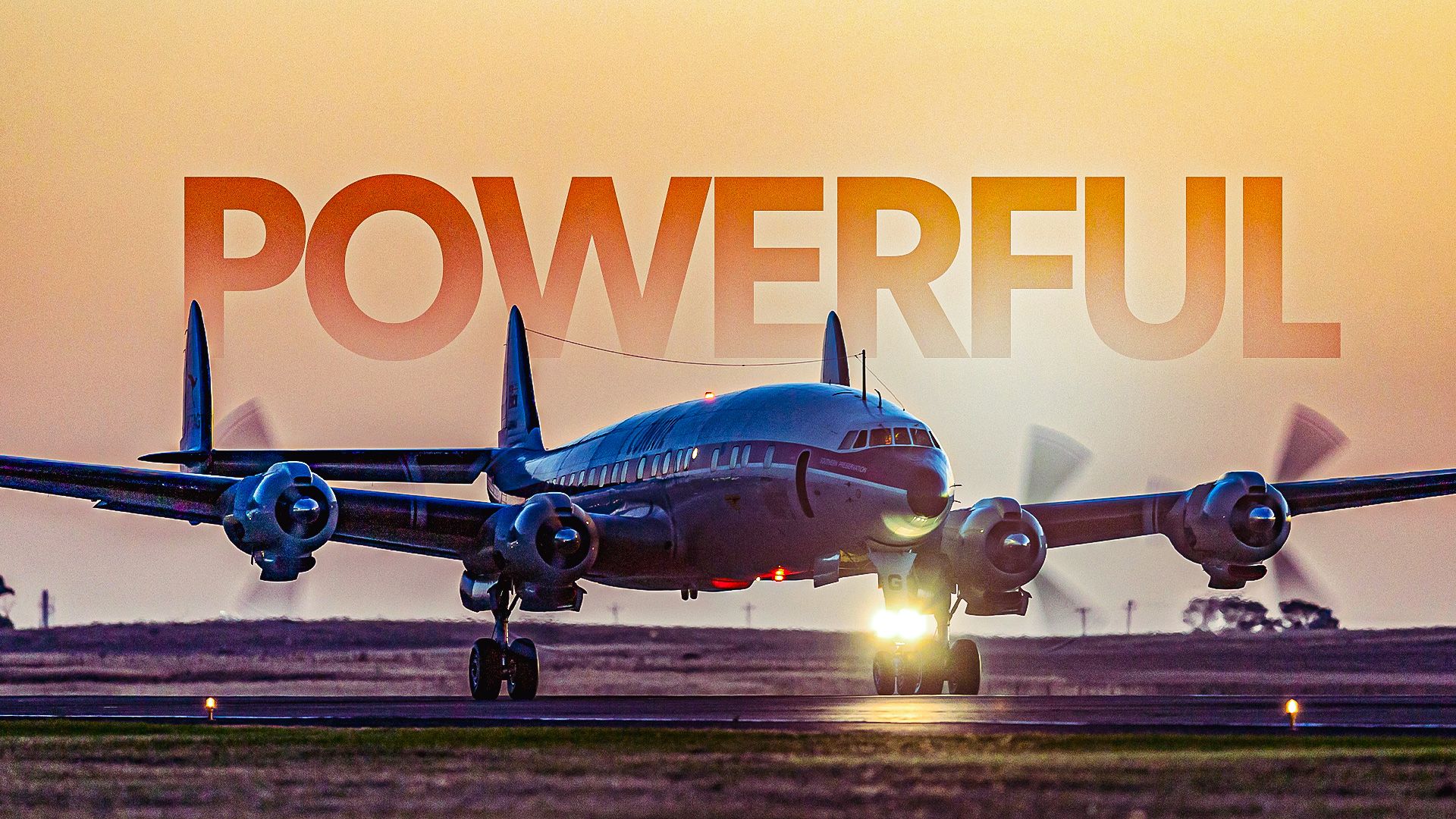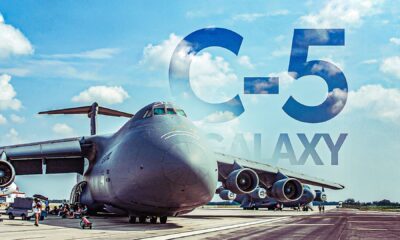World
Exploring the Enduring Legacy of the Lockheed Constellation

The Lockheed Constellation, often affectionately referred to as “Connie,” represents a significant milestone in aviation history, showcasing pioneering design and impressive performance during the golden age of piston airliners. This article delves into the Constellation’s powerful capabilities, its various models, and the technological advancements that cemented its legacy as one of the most formidable aircraft of its time.
A Brief History of the Lockheed Constellation
The conception of the Lockheed Constellation began in 1939, when Trans World Airlines (TWA) sought a high-capacity airliner capable of flying over 3,500 miles (5,600 kilometers). Despite the onset of World War II, Kelly Johnson and the engineers at Lockheed persisted in developing a high-performance, pressurized aircraft. The prototype made its first flight on January 9, 1943, initially serving as a military transport designated as the C-69.
Following the war, the Constellation transitioned into a commercial airliner and became synonymous with long-haul flights, marking a new era in air travel. By the end of its production in 1958, a total of 856 Constellation aircraft had been built, including variants that served both civilian and military purposes. Its distinctive triple-tail design and elongated fuselage became icons of post-war aviation.
Variants and Evolution of the Constellation
The Constellation series evolved through multiple variants, each enhancing its performance and capabilities. Key models include the L-049, L-649, L-749, and the stretched L-1049 “Super Constellation.” The latter featured significant upgrades, including increased fuel capacity and improved engines, allowing it to meet the rising demands of airlines and military operators.
For instance, the L-1049C variant, introduced in 1950, utilized the powerful Wright R-3350 Duplex-Cyclone engine, which offered a substantial boost in performance. A comparison of several variants reveals the evolutionary trends in design, with increasing lengths, maximum take-off weights, and engine power:
“The airframe grew, take-off weights increased, and fuel capacity rose, particularly for long-range versions.”
The R-3350 engine family played a pivotal role in the Constellation’s success. It boasted an 18-cylinder, twin-row design that provided exceptional power and efficiency, enabling the aircraft to achieve speeds of approximately 370 mph (595 km/h) at altitude with the turbo-compound engine variants.
Moreover, the versatility of the R-3350 was evident as it powered a variety of other aircraft, including the Boeing B-29 Superfortress and the Douglas DC-7, highlighting its significant impact on both military and civilian aviation.
The Constellation’s enduring popularity can be attributed to its remarkable performance, reliability, and adaptability. As airlines transitioned to jets, the Constellation remained a viable option due to its speed, range, and comfort. The L-749 variant, for example, became a preferred choice for transatlantic flights shortly after the war, demonstrating the aircraft’s capability to meet the needs of evolving air travel.
In addition to its commercial success, the Constellation served crucial roles in military operations. Variants such as the C-121 and the WV/EC-121 were utilized for long-range transport, airborne early warning, and electronic surveillance, further solidifying the aircraft’s reputation for versatility.
The combination of a sleek design, powerful engine performance, and operational reliability made the Lockheed Constellation a standout aircraft in aviation history. Its legacy continues to resonate with aviation enthusiasts, engineers, and historians alike, serving as a reminder of the heights that piston-driven aircraft could achieve just as the jet age began to unfold.
As the Constellation fades into history, it stands as a testament to the ingenuity and engineering prowess of its time, illustrating how power, design, and practicality can converge in creating an iconic aircraft that shaped the future of air travel.
-

 Politics1 week ago
Politics1 week agoSecwepemc First Nation Seeks Aboriginal Title Over Kamloops Area
-

 World4 months ago
World4 months agoScientists Unearth Ancient Antarctic Ice to Unlock Climate Secrets
-

 Entertainment4 months ago
Entertainment4 months agoTrump and McCormick to Announce $70 Billion Energy Investments
-

 Lifestyle4 months ago
Lifestyle4 months agoTransLink Launches Food Truck Program to Boost Revenue in Vancouver
-

 Science4 months ago
Science4 months agoFour Astronauts Return to Earth After International Space Station Mission
-

 Technology3 months ago
Technology3 months agoApple Notes Enhances Functionality with Markdown Support in macOS 26
-

 Top Stories1 month ago
Top Stories1 month agoUrgent Update: Fatal Crash on Highway 99 Claims Life of Pitt Meadows Man
-

 Sports4 months ago
Sports4 months agoSearch Underway for Missing Hunter Amid Hokkaido Bear Emergency
-

 Politics3 months ago
Politics3 months agoUkrainian Tennis Star Elina Svitolina Faces Death Threats Online
-

 Politics4 months ago
Politics4 months agoCarney Engages First Nations Leaders at Development Law Summit
-

 Technology4 months ago
Technology4 months agoFrosthaven Launches Early Access on July 31, 2025
-

 Top Stories3 weeks ago
Top Stories3 weeks agoFamily Remembers Beverley Rowbotham 25 Years After Murder



















